Research on Ethnicarchaeology of Song Tombs
DOI: 10.23977/history.2025.070107 | Downloads: 20 | Views: 807
Author(s)
Chan Yansheng 1
Affiliation(s)
1 Department of Archaeology, College of History and Culture, Hebei Normal University, Shijiazhuang, Hebei, 050024, China
Corresponding Author
Chan YanshengABSTRACT
The study of National Archaeology of tombs in the Tang and Song Dynasties aims to break through the limitation of relying on documents to prove each other, and reveal the ideological concepts and social and cultural motivation behind the funeral practice by introducing local folk materials. This paper emphasizes the importance of national archaeological methods, and advocates the combination of living folk materials and direct historical methods to construct a three-dimensional interpretation framework of archaeological remains, documents and folk practices. Folk custom materials fill the gap between Archaeology and literature, promote the transformation of Archaeology in the historical period from "verifying classics and supplementing history" to "reconstructing society", and deepen the understanding of the cultural connotation and social changes of tombs in the Tang and Song dynasties.
KEYWORDS
Tang and Song Tombs; Ethnoarchaeology; Ethnography; Direct History MethodCITE THIS PAPER
Chan Yansheng, Research on Ethnicarchaeology of Song Tombs. Lecture Notes on History (2025) Vol. 7: 43-49. DOI: http://dx.doi.org/10.23977/history.2025.070107.
REFERENCES
[1] Wang, N.S. (1987) On Ethnic Archaeology. Social Science Front, 2, 315-320.
[2] Chang, K.C. (2013) Archaeological Anthropology Essays. SDX Joint Publishing Company, Beijing, 124-125.
[3] Li, Y.S. (1998) Collected Papers on Ethnic Archaeology. Science Press, Beijing, 73.
[4] Lysandrou V , Michaelides D , Agapiou A .Tombs and Necropoleis of Cyprus: A Corpus of the Hellenistic and Roman Burial Grounds[J].Journal of Open Archaeology Data (JOAD), 2024, 12.DOI:10.5334/joad.130.
[5] Chen, C. (2013) The Contribution of Ethnology to Archaeological Interpretation. Archaeological Research, 00, 6-17.
[6] Li M .Asia, East: China, Medieval Period (220–960 CE)[J].Encyclopedia of Archaeology (Second Edition) (Second Edition), 2024, 4A:1-21.
[7] Trigger, B.G. (2010) A History of Archaeological Thought (2nd Edition). Translated by Chen C. China Renmin University Press, Beijing, 384.
[8] Jiangxi Provincial Institute of Cultural Relics and Archaeology (1990) Excavation Report on the Zhou Family Tomb of Southern Song Dynasty in De'an, Jiangxi. Cultural Relics, 9.
[9] Yu, Y. (Ed.) (2004) Jiangxi Folklore. Gansu People’s Publishing House, Lanzhou, 253.
| Downloads: | 2254 |
|---|---|
| Visits: | 135488 |
Sponsors, Associates, and Links
-
Journal of Language Testing & Assessment
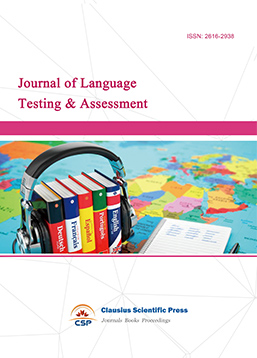
-
Information and Knowledge Management
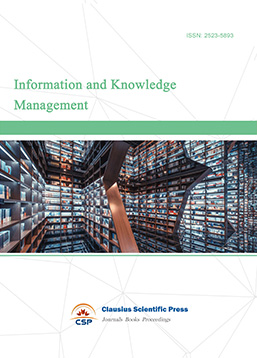
-
Military and Armament Science

-
Media and Communication Research

-
Journal of Human Movement Science
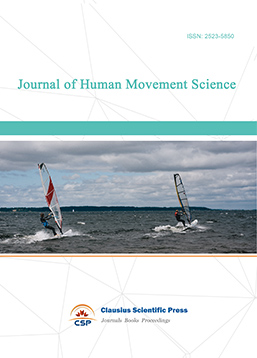
-
Art and Performance Letters
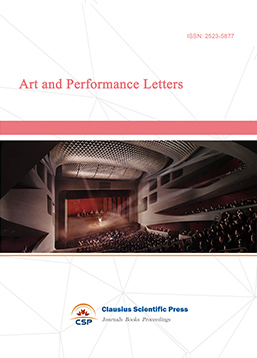
-
Lecture Notes on Language and Literature

-
Philosophy Journal
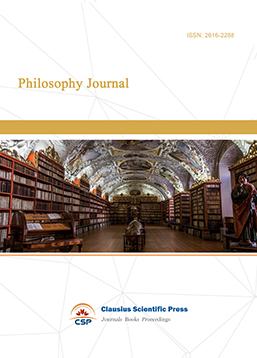
-
Science of Law Journal
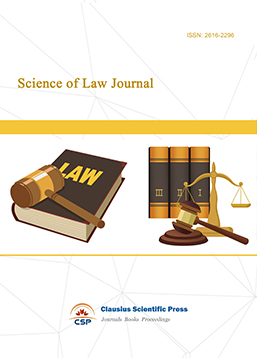
-
Journal of Political Science Research
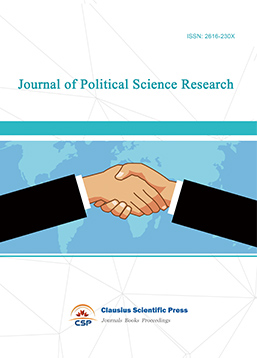
-
Journal of Sociology and Ethnology
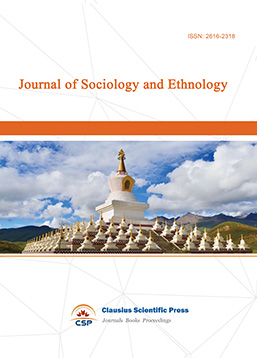
-
Advances in Broadcasting


 Download as PDF
Download as PDF